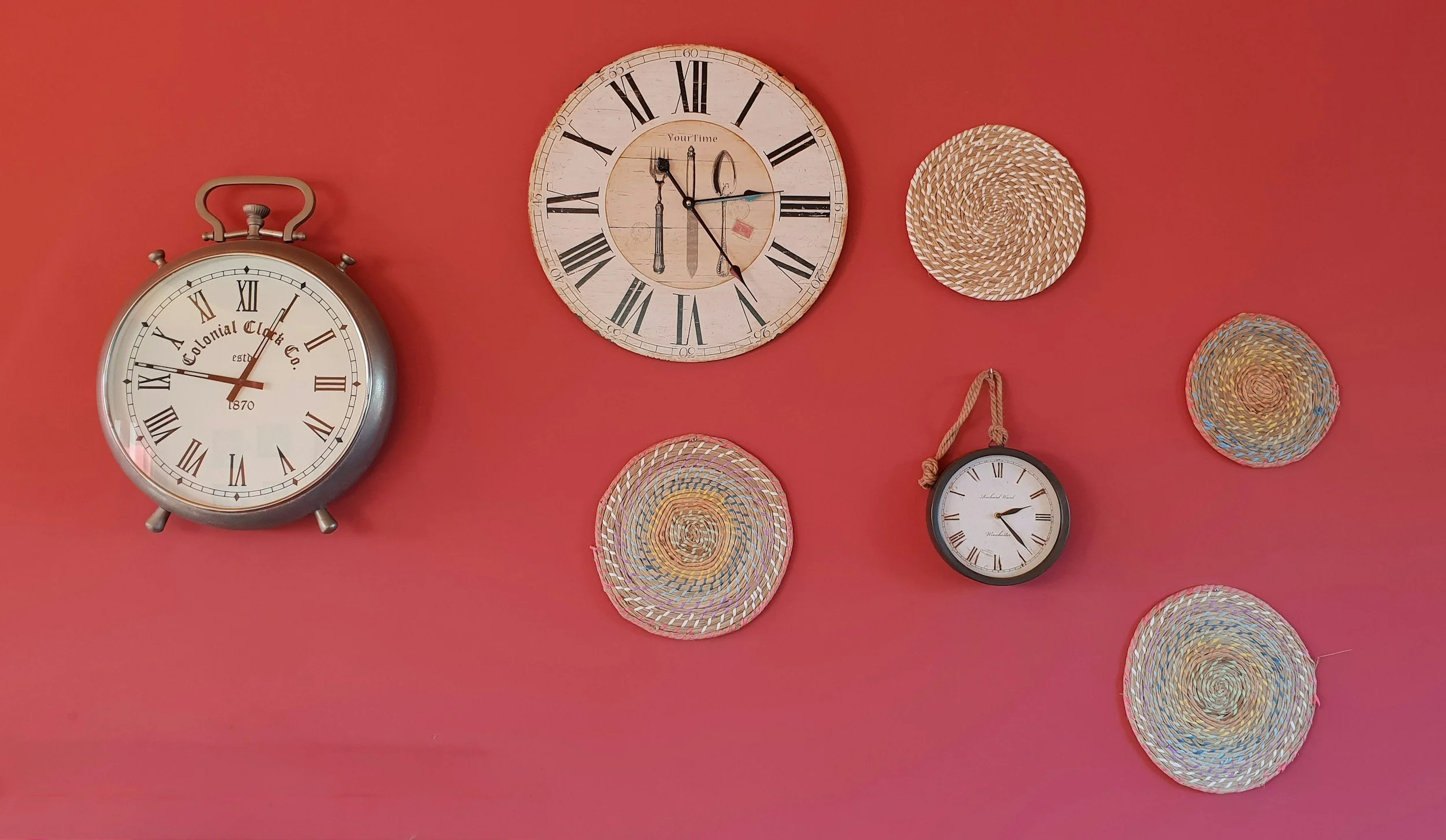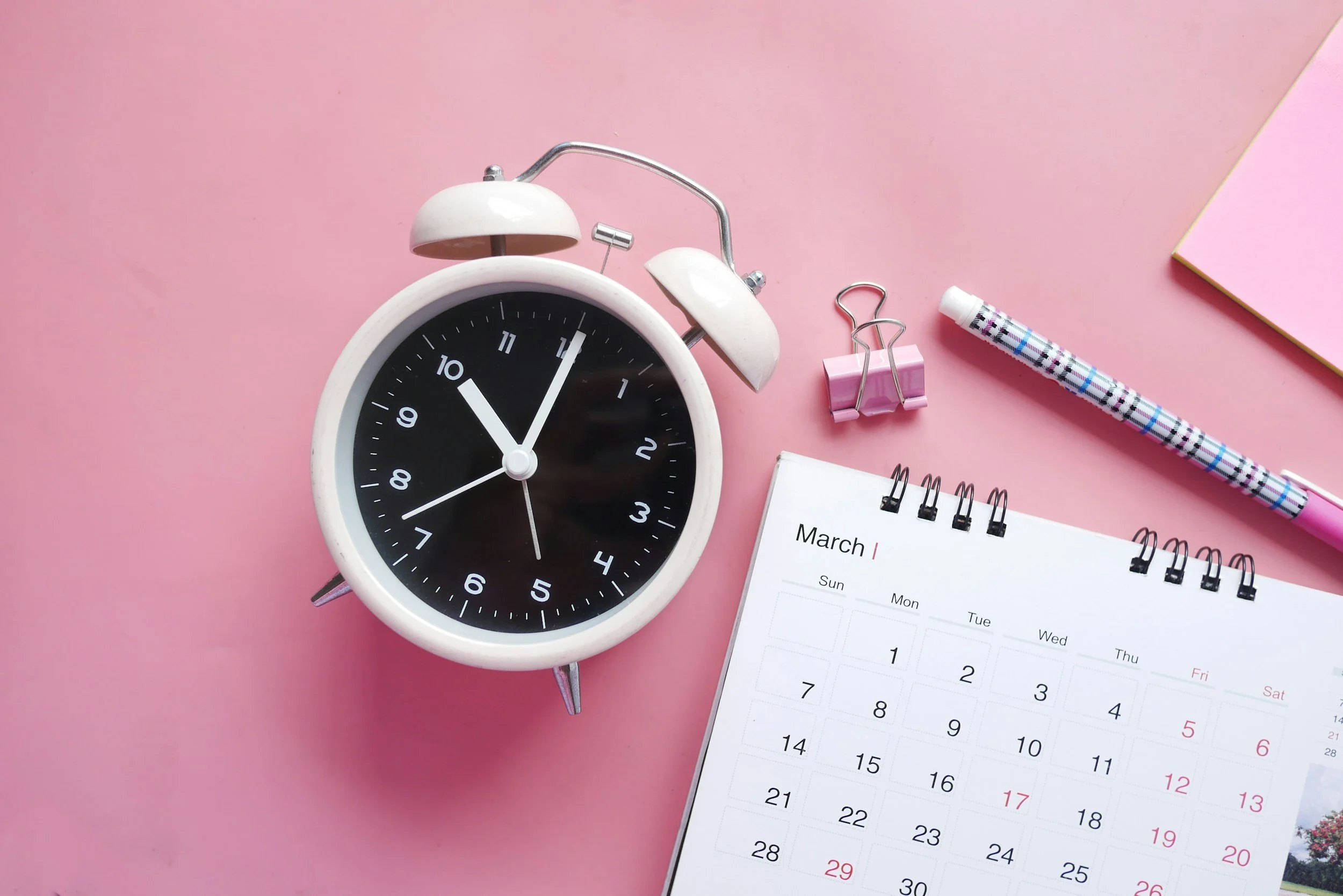Procrastivity: The Art of Being Productively Distracted
Imagine this: The deadline of your important project is tomorrow, yet you find yourself organizing your entire wardrobe, responding to every whatsapp notification, and suddenly discovering an urgent need to tidy up the photos on your phone.
Sound familiar? You're not alone.
Organizing your entire wardrobe and responding to every whatsapp notification make you feel productive, even accomplished, yet deep down you feel something is not right!
The Hidden Trap That's Stealing Your Success
Welcome to PROCRASTIVITY, the marriage between PROCRAStination and producTIVITY.
Dr. J. Russell Ramsay*, a leading clinical psychologist specializing in ADHD, coined this term to describe what he calls "sneaky avoidance." Unlike traditional procrastination, where we might binge-watch shows or scroll social media, procrastivity keeps us busy with legitimate tasks …… just not the right ones!
This isn’t just laziness in disguise; it’s a way our mind tries to avoid feeling discomfort.
While procrastivity is a more common pattern among the neurodivergent individuals, this pattern does affect individuals across all neurotypes. It is our natural tendency to lean toward easier and more comfortable and predictable tasks when facing challenging or overwhelming projects.
Our brains essentially hijack our good intentions, directing energy toward lower-priority activities that provide immediate satisfaction and feelings of accomplishment.
* Ramsay (2017). Professional Psychology: Research and Practice, 48, 62-69.
Lucy’s Story: When Busyness Becomes a Barrier
Lucy (names changed for confidentiality), was a finance manager constantly feeling exhausted and stuck.
She'd start her day with a cup of coffee and good intentions, but hours would disappear as she answered every email immediately, jumped on every request quickly, and even meticulously planned team outings. By 5 PM, she'd be exhausted, but the preparation for the budget meeting remained untouched.
“I wasn’t binge-watching K-drama or doing online shopping,” Lucy said. “I thought I was being productive, or at least that’s what I thought 😟. But deep down, I was avoiding “the” meeting. Just talking about it now has scared me 😰!”
Through our sessions, Lucy realised further that her "busyness" was a way to avoid the intense focus and overwhelming tasks that were needed in preparing the budget meeting. She learnt to identify her "procrastivity patterns" and the emotions behind the pattern, the fears of failure and perfectionism.
Once she was aware, she learnt to pause and verbalise the fear to herself, and she began practising “productive pauses”, short breaks to reset and return with intention. With this, she can create small, manageable steps for those intimidating tasks.
Now, she slowly began to reclaim her time.
How to Shift from Procrastivity to Purpose Driven
Overcoming procrastivity requires intentional strategies that address both emotional triggers and behavioral patterns.
Here are five simple strategies to break the cycle:
⏱ The 5-Minute Anchor: Set a timer and commit to it! Start your real task for just five minutes. Often, starting is the hardest part, but once you gain momentum, it will carry you forward.
🧱Focus Block Implementation: Schedule protected (non-negotiable) time for high-priority work. Treating these commitments like a meeting with your boss.
⚒️Break It Down: Break big goals into specific action steps with clear implementation intentions.
For example, change the "complete the report" into "sit at my desk and create the report outline."
🏷️Name It to Tame It: Regularly ask yourself, “Am I doing this because it’s necessary—or because it’s easier?” This awareness creates space for conscious choice-making.
✨Connect to Your Why: Remind yourself of the long-term benefit. What will getting this done give you?
Implementing the Shift
The journey from procrastivity to purpose driven action begins with self-compassion and realistic expectations. Recognizing that these patterns isn’t about self-criticism, but about empowerment and strategic growth!
Wanna challenge yourself?
Try This: The “First 15” Challenge.
Dedicate your first 15 minutes ⏱ of your workday (or your most energetic block) to your most important and yet most avoided task.
No emails, no social media, no "busy work." Just 15 minutes of focused effort!
Notice how you feel after those 15 minutes!
Relief? Progress? Resistance?
Whatever comes up, be curious—not critical.
Remember, overcoming procrastivity represents a process rather than a destination. Each moment of awareness creates opportunity for different choices. Procrastivity is sneaky, but with awareness and intention, you can redirect your energy. Start small. Start now. And remember, being busy isn’t the same as moving forward.





